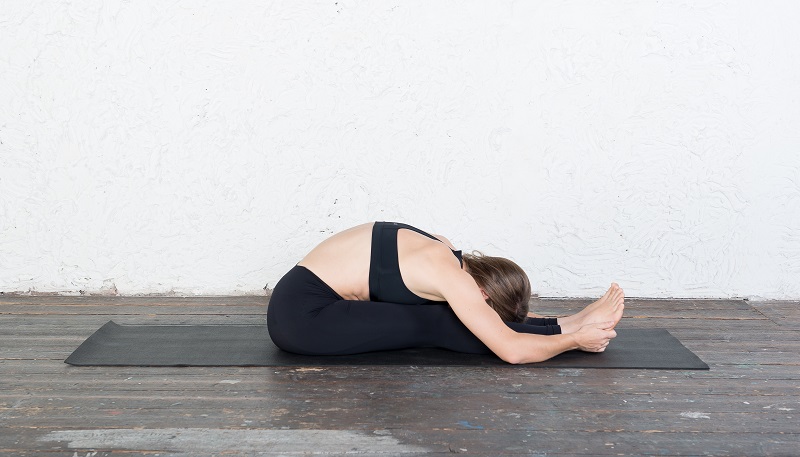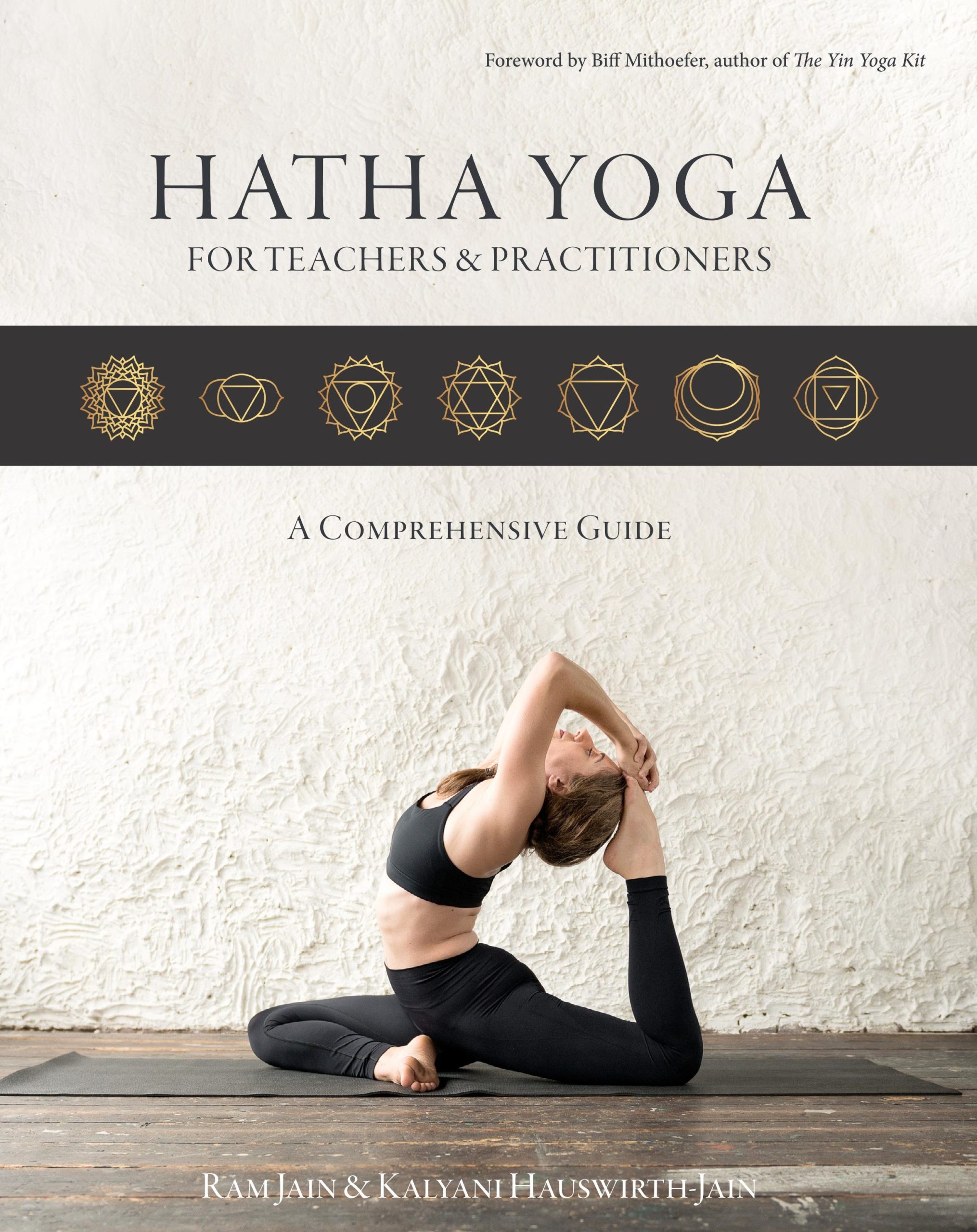Seated Forward Bend – Paschimottanasana
Regular practice of Seated Forward Bend or Seated Forward Fold keeps the spine elastic, the joints mobile, the organs healthy and the nervous system invigorated.

Category | Forward Bend |
Chakra | Manipura/Solar Plexus Chakra |
Meaning | Paścima means the back part, uttāna means straight or extended. |
Benefits of Seated Forward Bend
- Regular practice steadily and comfortably within a balanced yoga asana program:
- Stimulates the Solar Plexus Chakra and therefore stimulates and balances the functions of the stomach, gallbladder, liver, spleen, and pancreas
- Improves digestion and elimination of toxins;
- increases peristalsis and combats constipation through the squeeze-and-release effect
- Regulates blood sugar levels, by regulating pancreas function
- Helps to balance the menstrual cycle and to improve blood circulation to the pelvic region, therefore helping to relieve symptoms caused by menopause and menstruation
- Slightly increases blood pressure toward your head and has a calming effect on the brain and mind and helps to relieve stress and anxiety
- Stretches the entire spine, especially the lumbar and thoracic spine, and therefore improves blood circulation in the back region and tones the spinal nerves
- Improves flexibility of the lower back, hips, and hamstrings.
Instructions for Seated Forward Bend
How to come into the pose
- Sit with your legs together or hip-width apart, and straight in front of you.
- Make sure you are sitting high up on your sitting bones.
- Inhale and reach with both arms toward the ceiling, arms parallel to your ears.
- As you exhale, keep on reaching forward, and bend forward, reaching with your hands toward your toes.
- Bring your nose to your knees. If you are unable to reach your toes, hold your ankles, shins, or even your knees.
- Rest your elbows on the floor.
Coming out of the pose
- Breath in and slowly roll up, vertebra by vertebra, shoulders and head coming up last.
Alignment Cues for Seated Forward Bend
- Make sure you are sitting high up on your sitting bones; avoid rolling back toward your tailbone.
- Hands are holding calves, ankles, or heels—wherever they reach comfortably.
- Keep your arms and shoulders relaxed and use your breath to move deeper in the pose.
- Do not use your arms to pull yourself downward.
- Your elbows are resting on the floor or relaxing toward the floor.
- Your back is rounded.
- Your head and neck are relaxed. Reach with your forehead toward your knees or shins, and if possible rest it against your legs. (If necessary, you can use a prop to rest your head on for longer holds.)
Duration of Hold
- Beginners: 1–2 minutes
- Intermediate: 2–4 minutes
- Advanced: 4–10 minutes
Modifications
- If you are suffering from a herniated or compressed disc in the lower or middle back, or any other spinal issues (e.g. sciatica, SI-joint instability), be careful with this pose.
- If you are allowed to do forward bends by your physician, work on creating the movement from your pelvis and keep your spine as
straight as possible (so do not round your nose to your knee). - If the lower back is tight, you can open your legs hip-width apart.
- For tight hamstrings, you can bend your knees and support them with a block or folded blanket.
Cautions and Contra-indications
- Abdominal issues (e.g. diarrhoea, ulcer, menstrual pains, recent surgery)
- Lower-back and spinal issues (e.g. chronic pain, herniated disc, sciatica, SI-joint instability)
- Hypertension: keep your head elevated above heart level
Relevant Poses
Rest in Corpse Pose and then move on to Inclined Plane – Purvottanasana.
For more yoga asanas and exercises, make sure to visit the Arhanta Yoga Asana Guide!

Get a free copy of our Amazon bestselling book directly into your inbox!
Learn how to practice, modify and sequence 250+ yoga postures according to ancient Hatha Yoga principles.
